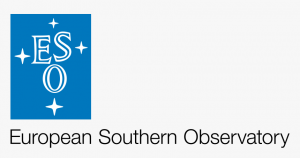Laser Guide Star Adaptive Optics (LGS-AO) is among the new technologies applied to very large telescopes, to overcome the effects of the Earth atmosphere to get high spatial resolution images of celestial objects. ESO has long term experience with LGS-AO, with operational systems at the VLT telescopes in Chile.
One of the remaining problems for LGS-AO is the need to use a natural guide star to detect the image motion induced by the atmosphere. This is reducing the number of targets (sky coverage) of LGS-AO, and is highly detrimental for Satellite Communications in which the point-ahead problem needs to be solved.
In the frame of the ESO-ESA collaboration, together with international institutes from UK, Italy, Spain, the German space agency (DLR) and the European Space Agency (ESA), ESO is doing Research and Development to derive the atmospheric image motion from the LGS, something not possible until now.
We offer an R&D Master Thesis to work with our team, do field experiments at the Canary Islands and to process our existing experimental data with open and closed loop uplink corrections, to validate together our novel, proposed method.
The thesis implies working with prestigious international groups, with refined data reduction and programming at ESO Headquarters in Garching, and at least 10 nights of access to telescopes for observations, at the La Palma Observatorio del Roque de los Muchachos, Canary Islands in spring-summer 2021
For more info, pls send an email to the Thesis supervisor Mr. Domenico Bonaccini Calia dbonacci@eso.org


